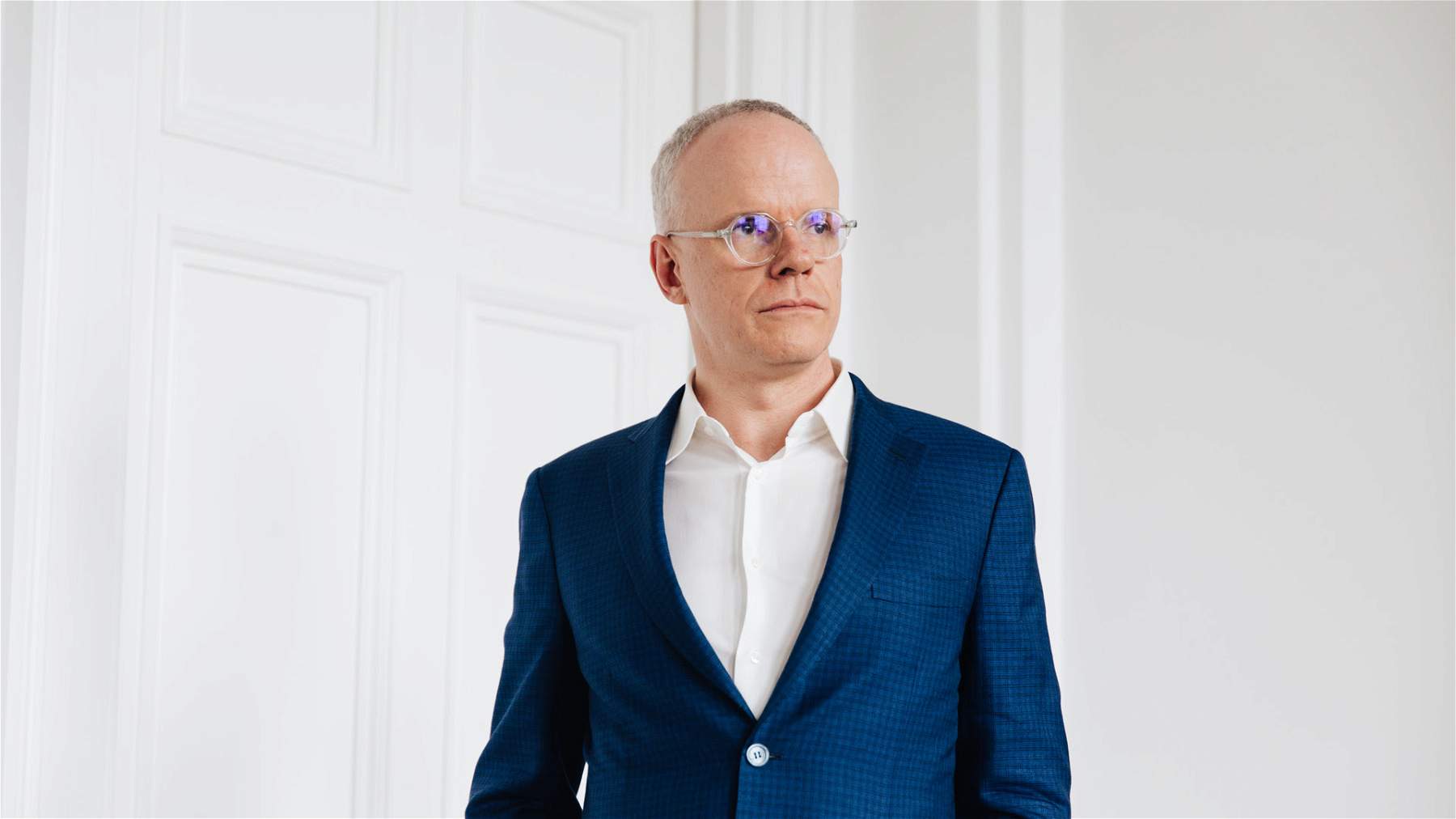A colossal public art project to support British cultural institutions during the Covid-19 coronavirus pandemic and to create a new generation of artists. This is the proposal of art critic Hans Ulrich Obrist, artistic director of the Serpentine Galleries in London: it would be a plan similar to the Public Works of Art Poject (PWAP), a major public art program, part of Franklin D. Roosevelt, which was implemented in the United States between 1933 and 1934 and employed nearly 4,000 artists, who produced a total of nearly 16,000 works. The PWAP was then followed by another plan, the Federal Art Project, of longer duration (1935 to 1943), also intended to subsidize public art projects. More than 10,000 artists participated in the second phase, including big names in art history such as Jackson Pollock, Mark Rothko, and Willem de Kooning.
With the 1930s plan, Obrist explained to the Guardian, “artists got a salary and were able to do research and create artwork during the New Deal era. It also guaranteed many their first jobs and commissions.” This would be a “fascinating project when we consider the situation we are in, and it would serve both to support the economy and to emphasize the importance of helping artists and taking care of them. The British government should do something like this.” In the UK, all museums and all galleries have had to close their doors due to the spread of the contagion, and many art fairs have already been closed-a major public art plan could therefore help the UK get back on its feet in this area as well.
“When the situation is under control,” Obrist added, “there will also be a need to spread art to communities that usually do not have access to art. In these times of crisis, it is important for museums to think about how they can go outside their halls and reach everyone.” The critic also went on to highlight the importance offree admission to museums, which he considered the “fundamental basis” for British cultural institutions, and said he looked at the emergency as an opportunity to reconsider how museums interact with the public.
However, the U.K. government has already earmarked funds to support cultural institutions: in particular, it has established a £160 million (just over 180 million euros) package that, among other things, will also be used to support artists (who will be able to apply for a grant of a maximum of £2,500 each, just over 2,800 euros). Of this 160 million pounds, 90 will be used to support state facilities, while 50 will go to entities not directly managed by the state.
Pictured: Hans-Ulrich Obrist
 |
| Hans Ulrich Obrist: helping artists needs a plan like Roosevelt's in 1933 |
Warning: the translation into English of the original Italian article was created using automatic tools. We undertake to review all articles, but we do not guarantee the total absence of inaccuracies in the translation due to the program. You can find the original by clicking on the ITA button. If you find any mistake,please contact us.